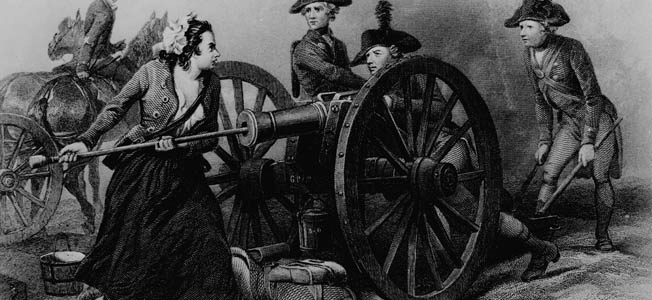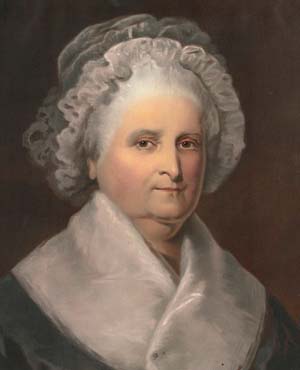
cannon
Types of Weapons Used by Ancient Greece
By Mike MarkowitzWhen we think “catapult,” we imagine the types of weapons used for hurling rocks, dead plague victims, or unlucky cows against a castle. Read more

cannon
When we think “catapult,” we imagine the types of weapons used for hurling rocks, dead plague victims, or unlucky cows against a castle. Read more

cannon
For much of its history, artillery has been a weapon of mass destruction and attrition, a force designed to cause casualties, destroy fortifications, and wear an enemy down with its noise, explosions, and shrapnel. Read more

cannon
World War I’s stalemate on the Western Front ushered up varied solutions. The Allies developed tanks for traversing no man’s land to get at the enemy. Read more

cannon
It was surely as ungainly a weapon as was ever made, and one of the clumsiest. It was a 3-foot, 32-pound steel tube with a monopod to support it, a huge trigger on the underside, and a padded shoulder piece at one end. Read more

cannon
“Where is Steiner?” Adolf Hitler demanded as his Thousand Year Reich crumbled around him in April 1945. “Is he attacking yet?” Read more

cannon
Richard Gatling was born in Hertford County, NC, on December 12, 1818. His father was a prosperous farmer and inventor, and the son was destined to inherit the “invention bug.” Read more

cannon
Although the great Crusades were over by 1309 ad, one old crusading order continued to evolve, flourish, and make enemies—the Knights Hospitallers of St. Read more

cannon
When did humanity begin throwing explosive devices? What are the origins of the modern grenade, and how did explosives evolve? Read more

cannon
One of the more obscure and contestable female Revolutionary War heroes, Molly Pitcher was said to have fought in the Battle of Monmouth. Read more

cannon
The sudden wreck of the Whig Party in the 1850s led to the development of a new political party to contend with Stephen Douglas and the Democrats. Read more

cannon
By the latter part of the 15th century, armor worn by knights in the field had reached its pinnacle. Read more

cannon
According to contemporary Soviet news sources, fighter Ace Alexander Pokryshkin was the most famous pilot in the Red Air Force during World War II. Read more

cannon
Martha Custis Washington, wife of General George Washington, came to the winter quarters of her husband’s army each winter of the Revolutionary War. Read more

cannon
When it came to advanced military technology in World War II, arguably no one was better at it than Nazi Germany, whose scientists Adolf Hitler keep busy trying to invent the ultimate “super weapon” capable of defeating his enemies. Read more

cannon
It was nearly 11 on the morning of September 20, 1863, and the woods around slow-moving Chickamauga Creek in northwest Georgia were ominously quiet. Read more

cannon
From an altitude of 30,000 feet, the swift Japanese reconnaissance aircraft flew high over Saipan and Tinian, photographing the brisk and extensive engineering effort under way on the American airfields far below. Read more

cannon
When American soldiers landed in France in June 1944 as part of the great Allied crusade to liberate Europe, they were well trained, fully equipped, and brimming with confidence. Read more

cannon
The origins of the Universal Bren Gun Carrier can be traced to the Ford T-powered Carden-Loyd machines developed in Great Britain in the mid-1920s, specifically the Mark VI model of 1927. Read more

cannon
In 1934 the British War office accepted a new aircraft design eventually designated the Hawker Hurricane Mark 1. Read more

cannon
The captured German pilot was cocky and boastful. He had just parachuted into the American airfield, now lit up by the fires of burning Republic P-47 Thunderbolts, a sprinkling of bright torches amid the gray January gloom and the dirty white snow. Read more